Source: Greenpeace New Zealand
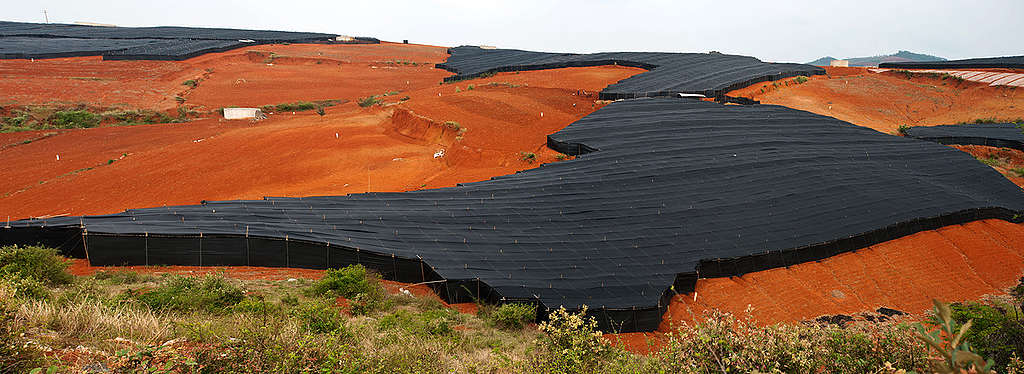
Biodiversity loss is one of the main factors likely to increase our future risk of infectious diseases. And, while there are many factors at play and no one incidence can be singularly attributed to biodiversity loss, the COVID-19 epidemic does offer some lessons about the risks we will face in the future and the solutions we will need to protect ourselves.
The impact of biodiversity loss — greater exposure to infectious disease, for example — doesn’t recognise political jurisdictions. Our risk is collective. And we can’t protect ourselves without solutions that work across borders.

The COVID-19 pandemic has pushed governments around the world to face the exploitation of wildlife, as it highlights the disease risk that contact with wild animals poses. This should draw our attention first to the risk of encroaching on natural ecosystems. Wild animals do not pose a danger to us so much as human encroachment endangers both us and the animals.
Secondly, the epidemic highlights the enormous cost of failing to protect ourselves and our environment. But I’m afraid that governments still are not being realistic about the comprehensive change we need in order to systematically protect ourselves.
We need solutions that address all of the many ways that wild animal populations come into contact with people, and all of the ways that humans instigate our own exposure to risk. We live in an ecosystem of networks and perhaps now have a developed a greater understanding of just how interconnected we all are and what sort of responsibility we have in both our local and global networks.
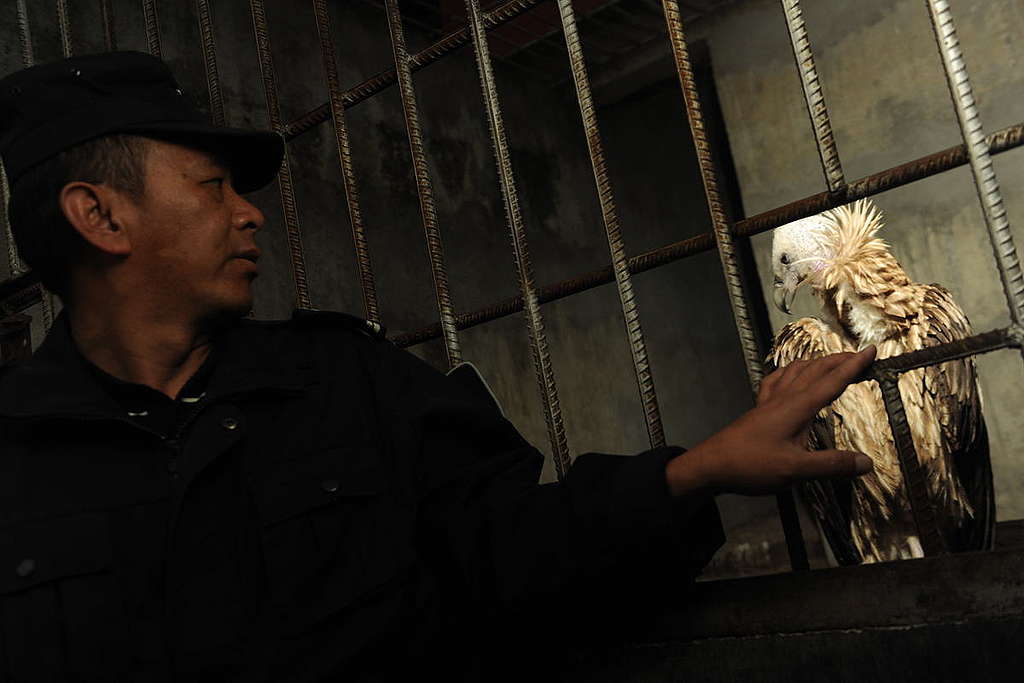
Protecting our ecosystem means protecting ourselves
The leading driver of emerging diseases is land use change. Deforestation and land-clearing for agriculture, resource extraction, and human settlement bring human populations into contact with wild animals and put us at risk. Meanwhile, healthy, biodiverse ecosystems act as a buffer between people and wild animals. This is why biodiversity loss is one of the main factors likely to increase the future risk of infectious diseases.
To protect ourselves, we need to protect ecosystems from the destruction, degradation, and exploitation that puts humans in contact with wild animals, puts us at direct risk, and enables poaching and trade of wildlife. That’s why we are calling for global cooperation and action to protect us all by protecting biodiversity.
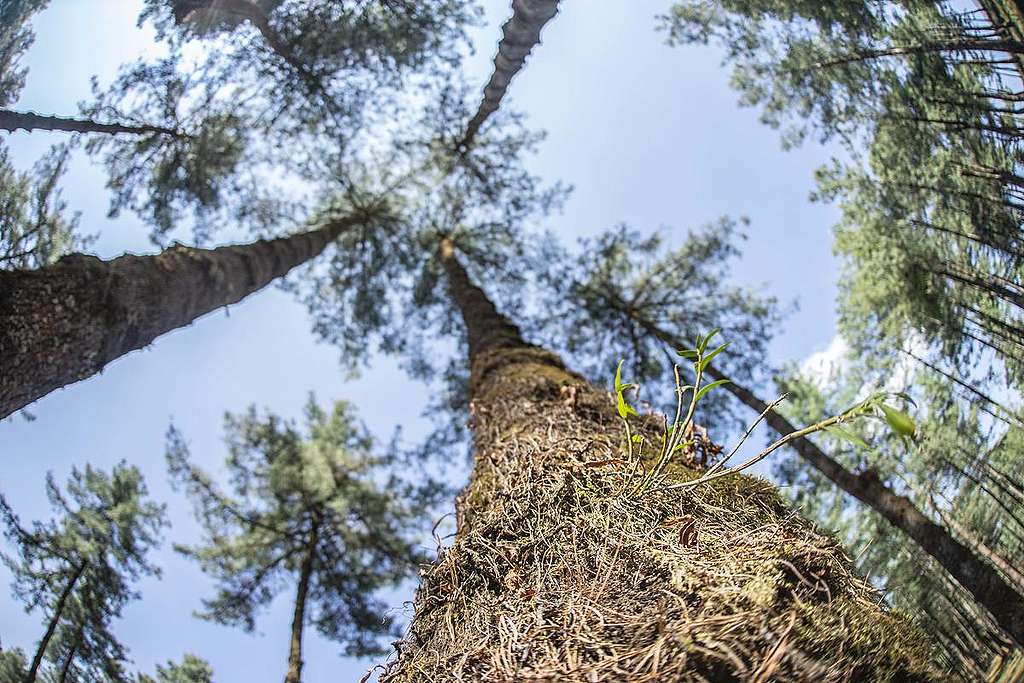
Biodiversity issue impacts everyone – but not all equally
Reducing human impacts on biodiverse ecosystems by systematically protecting at least 30% of the world’s total land and ocean surface area by 2030 is one of the most ambitious proposals put forward for this year’s Convention on Biological Diversity (CBD). The proposal stipulates that conservationists identify areas of particular importance to biodiversity, establish sanctuaries to protect them, and link them together. This measure cannot succeed without support and engagement at the global and local level. Such a move will need to respect the rights of indigenous people and local communities, ensure their full participation including free, prior and informed consent. Ultimately, these sanctuaries will cover at least 30% of the total global area.
This is an ambitious solution, but it fits the global nature of our crisis and has seen growing political support.
Biodiversity is a global issue. The loss of biodiversity and its impact on people — such as greater exposure to infectious diseases — does not recognise political jurisdictions. Because our solutions need to cross international borders, our support and engagement on these issues needs to unite people across them.
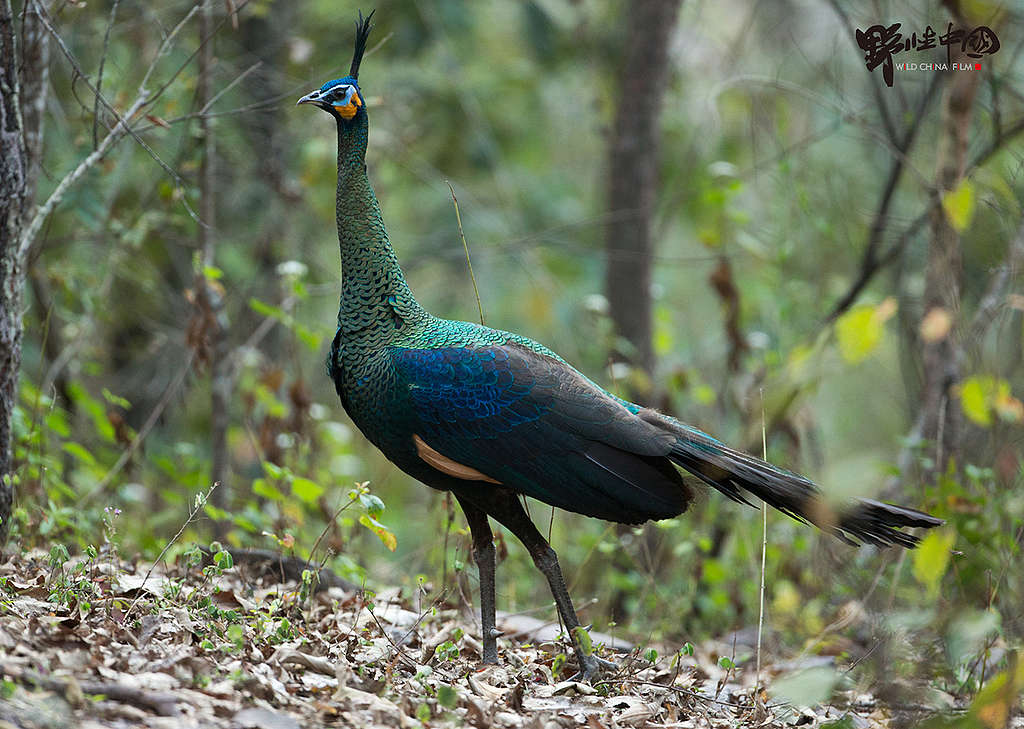
It’s clear that this measure is now more important than ever. The CBD brings together governments to negotiate how to protect nature under a UN framework and it presents an opportunity to catalyze a systematic, global response to the COVID outbreak at a time when intergovernmental cooperation is lagging.
The destruction of ecosystems is ground zero of zoonotic diseases — diseases that affect animals (including mosquitos and ticks) that can transmit to humans — because ecosystem destruction is the basis of our collective exposure to wild animals and a key driver of poaching and the wildlife trade.
The core of this “protect 30” framework is a recognition that we are all impacted by the various features of biodiversity loss – infectious disease, climate change, economic loss. Some communities bear the brunt of these impacts, and most often those communities are not the ones that drive biodiversity loss. The days of imagining ourselves as disconnected and unburdened by our impact on the environment and on fellow people are over.
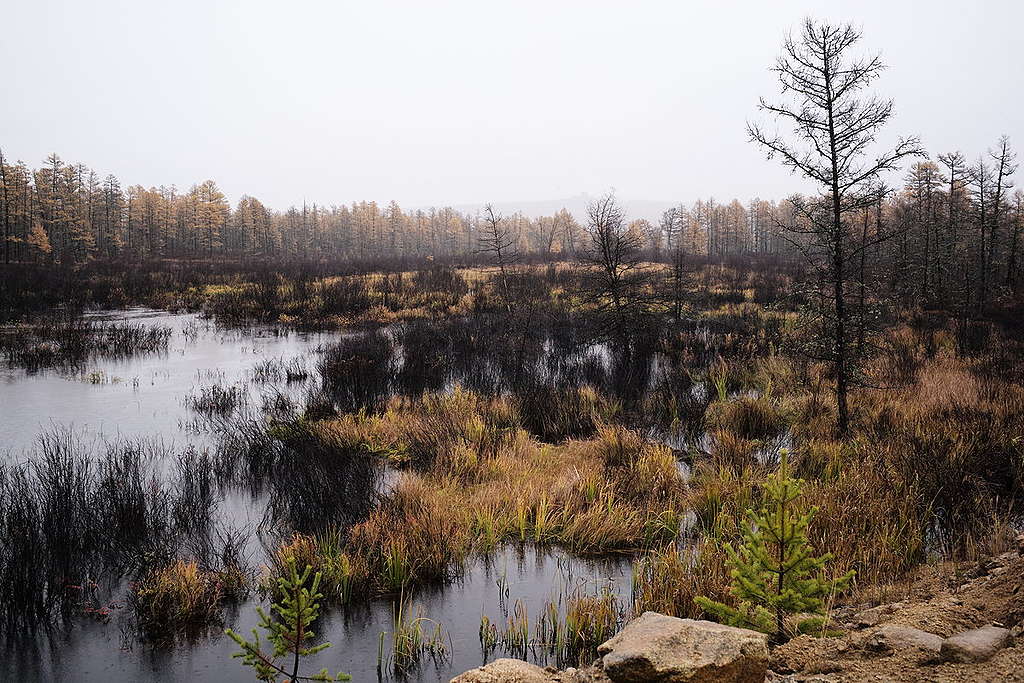
We need our communities now more than ever
The success or failure of this measure depends in part on whether it can build on support from the community. The proposal specifically identifies the need to recognize the rights of indigenous people and local communities and the need for women’s empowerful and gender-responsive approach. For Greenpeace, these conditions are a must, as for example outlined in our Indigenous Peoples rights policy.
Widespread support at the community level not only pressures governments from the ground up to find consensus in negotiation, but also lays the groundwork to implement policies and make a real difference. Once agreed upon, each country will need to find the tools and personnel to establish, protect, and maintain sanctuaries with financial and technical support from the international community where needed. We can only truly claim to be in this together if those who can are supporting and putting resources towards the communities who live at the front line of biodiversity loss.
The solution to this crisis needs to come from a global community.
Pan Wenjing is Forest and Oceans Project Manager at Greenpeace East Asia.



